
Snakes alive! Citizen Science snake surveys at Retzer Nature Center
August 27, 2019 | Topics: Stories
By Erica Gerloski and Julia Robson
Fifty plywood cover boards dot the 450-acre landscape at Retzer Nature Center, but you’re not likely to notice them when you hike or drive by. This is deliberate and for good reason. Native Wisconsin snake species use these 5-foot by 5-foot boards as a quiet refuge to warm their bodies when the evening becomes cooler throughout spring and summer. Various species of snakes can inhabit one board, and placement of the boards in specific locations can attract different species.
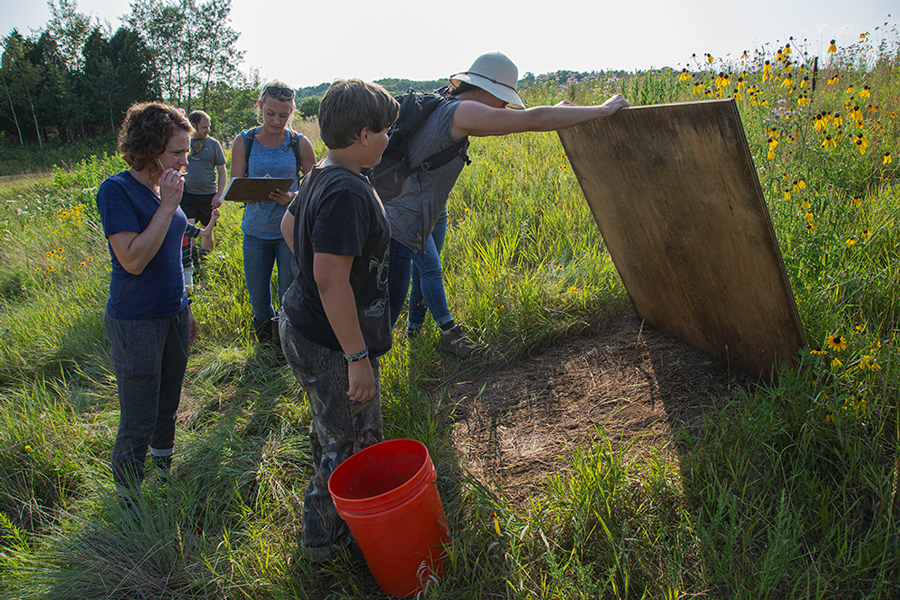
The snake boards are placed in the field by Waukesha County Parks staff. The goals of placing these “snake boards” are to gather data to determine species presence, diversity, and population size, and as time goes on, to manage the land and habitat for the species that populate the area. During the spring and summer of 2019, the Parks Department selected Retzer Nature Center for the first season of snake surveying because there is a variety of diverse habitats available with the potential to house some pretty unique species.
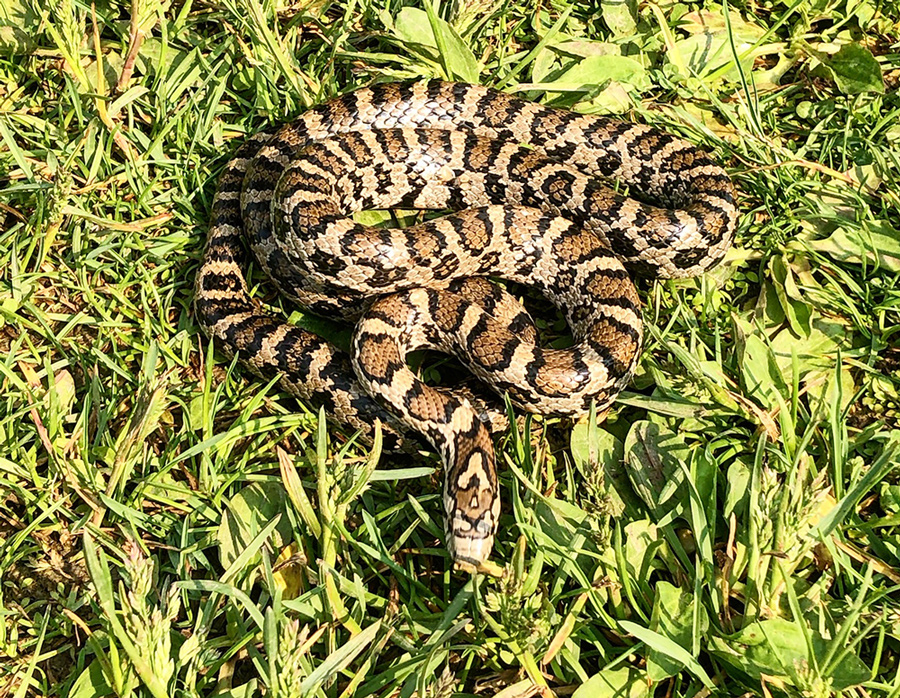
Easily overlooked and often villainized, snakes are an important part of our local ecosystems. They play a key role as predators of rodent populations which, in turn, helps to control the spread of certain diseases that can be spread to humans such as Lyme disease. Additionally, some species can be looked at as indicators of overall habitat quality and ecosystem health. These are just some of the reasons why conducting snake surveys has become one of the county’s several monitoring projects.

As the time hits 5:30 PM—the ideal time for a snake survey—a group of citizen science volunteers follows the lead of Julia Robson, Conservation Biologist for the Waukesha County Parks System, and Erica Gerloski, Natural Land Management Technician, to the first snake board. It comes up empty, as well as the next. But on the third board they are rewarded. The team lifts the board and finds a gravid—technical-term for “carrying young”—DeKay’s Brown Snake. She has been noted as one of the most frequent visitors to this snake board, and a fan-favorite as well.

The brown snake is known for having a docile temperament, making them an easy species for new volunteers to learn how to handle. Weekly, the staff and volunteers observe this female brown snake’s abdomen becoming larger and larger with eggs. Around mid-July she will give live birth to her young.

As they lift a few more boards, the group finds Common Garter Snakes and Butler’s Garter Snakes and the smell of snake musk soon becomes pungent.
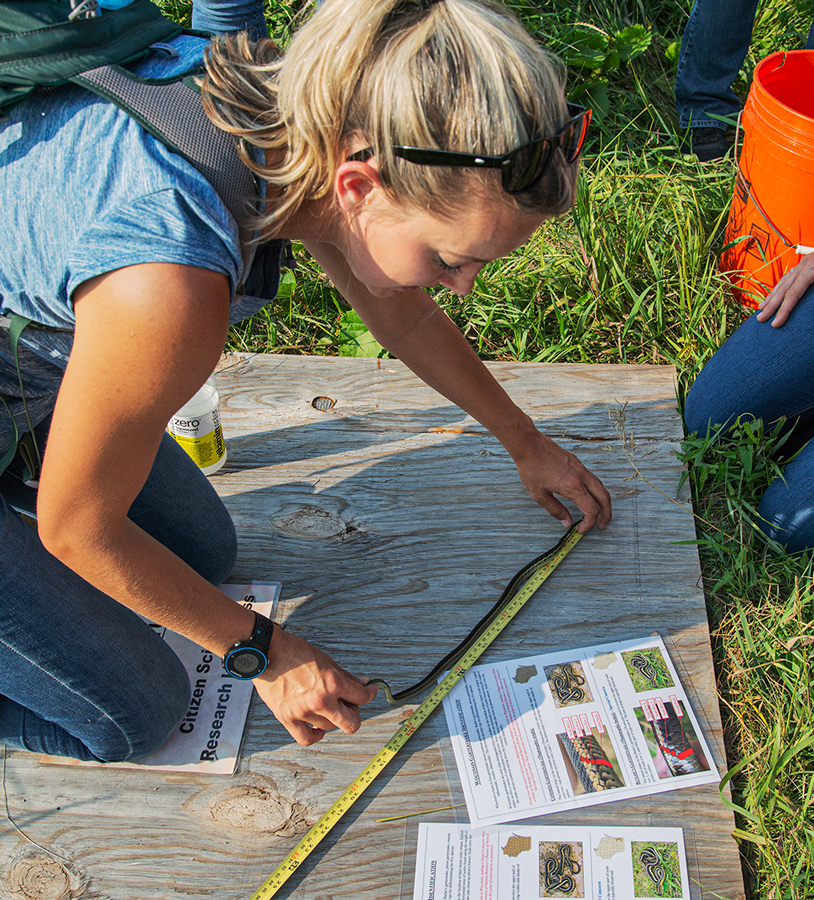
The capture and subsequent release of these snakes is not simply for fun. This project is one of several research projects that the Waukesha County Park System is conducting to better understand the presence and status of wildlife populations utilizing the park system’s natural areas. The data gathered from each snake captured includes the species, sex, snout-vent length (SVL) length, and mass. In addition to this data, some species of snake are “marked” with a small cautery pen that creates a light brand on a specific ventral scale, which is representative of a unique number. This number is useful if the snake and other snakes that are also marked with a unique number are recaptured over time. The number, or “code,” allows researchers to estimate overall population size and density, as well as to track any changes to the population in an area over time.

Photo courtesy Waukesha Co. Parks
As for species diversity, the snake monitoring team has documented a total of five different species of snakes at Retzer, including DeKay’s Brown Snake, Common and Butler’s Garter Snakes, Northern Red-bellied Snake, and another favorite: Eastern Milk Snake.
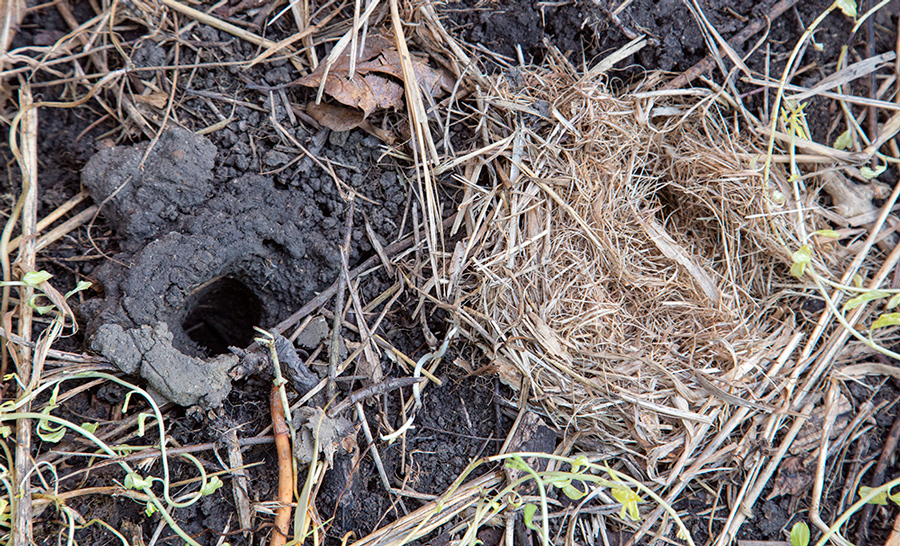
Occasionally, small mammals have been found inhabiting the warm cover boards such as White-footed Mice, Shrews, and even a Short-tailed Weasel! Small mammals and their nests or burrows are recorded on the data sheets as well, along with the presence of ants. Too many ants or certain types of rodents can deter snakes from using a board, so noting their presence and level of activity is important.
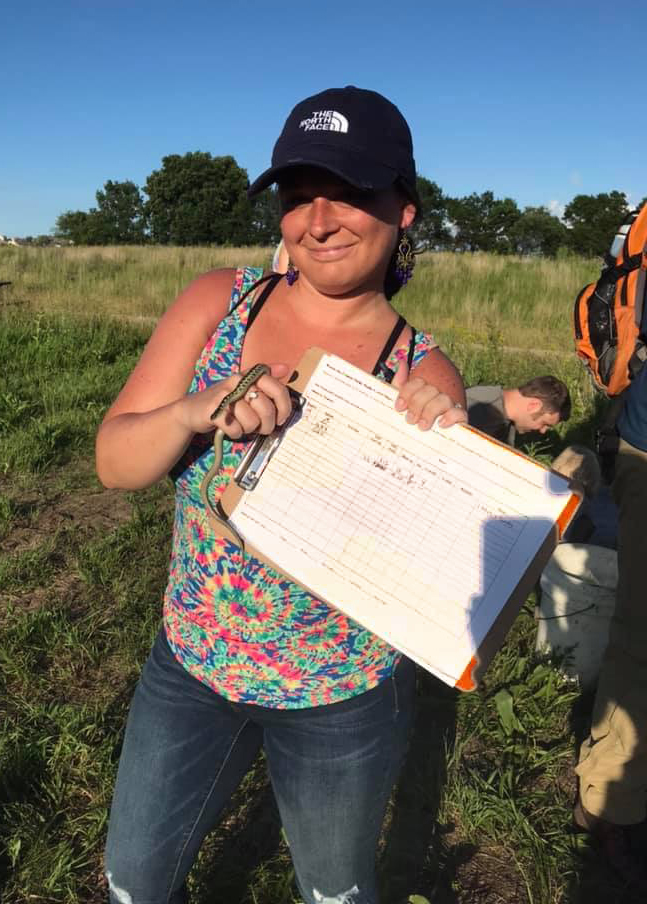
In the interest of public outreach and education, monitoring snakes is an ideal program to involve citizen science. Educating the public on these unique creatures acts towards generating appreciation for what they may find in their own backyard or in another favorite natural area.

The children, teenagers, and adults that attend snake surveys act as citizen scientists and aid in lifting cover boards, capturing snakes, identifying the species, weighing snakes, and releasing them back under the boards carefully. Monitoring 50 cover boards weekly would be a nearly impossible task without the help of citizen scientists. Not to mention, having a group of enthusiastic volunteers makes for a very fulfilling survey!

As we walk from board to board around the property, our eagle-eyed volunteers often spy other kinds of wildlife as well as the snakes being surveyed.

Every cover board is just as exciting as the last, even if it comes up empty. The anticipation of finding a snake is what keeps the group motivated, and this excitement lingers on the drive home…along with the smell of musk!
Gallery
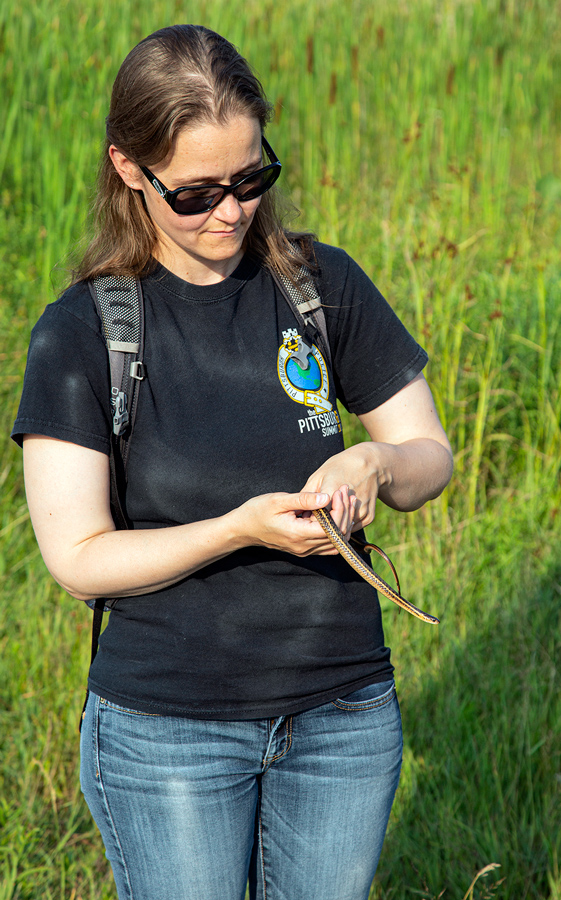


Photo courtesy Waukesha Co. Parks


Photo courtesy Waukesha Co. Parks.

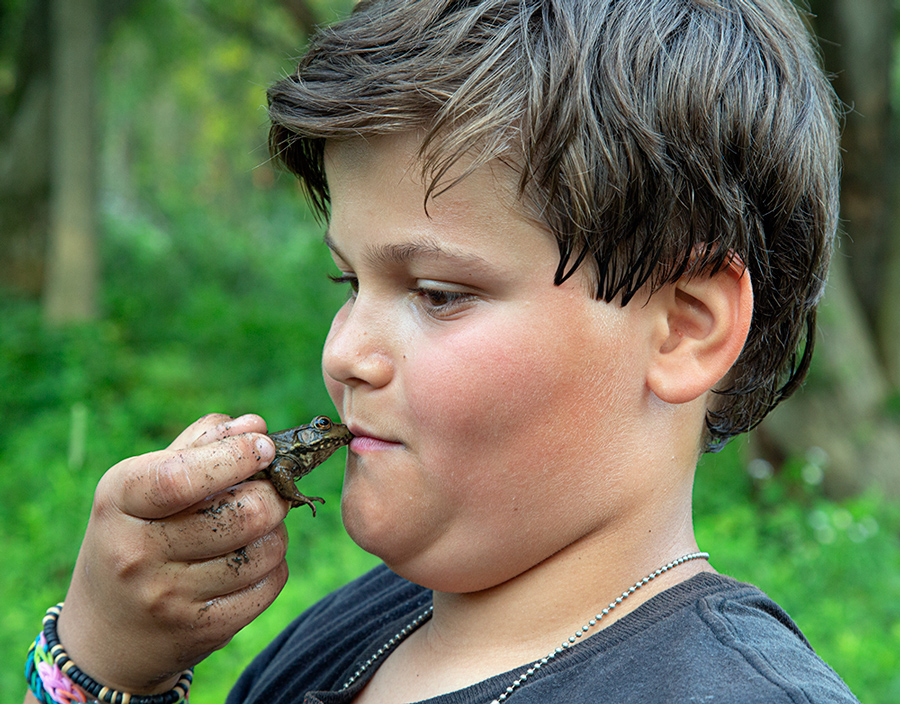
Authors’ note: When you are out enjoying the parks, please remember that collection of plants and wildlife from Waukesha County Parks property is prohibited.
See related story about citizen science in Waukesha and Milwaukee Counties: “Wetland monitoring: Citizen scientists join in the fun!”
Julia Robson is the Conservation Biologist and Erica Gerloski is the Natural Land Management Technician for the Waukesha County Parks System.

Photographs by Eddee Daniel, Project Director of A Wealth of Nature, except as noted.

